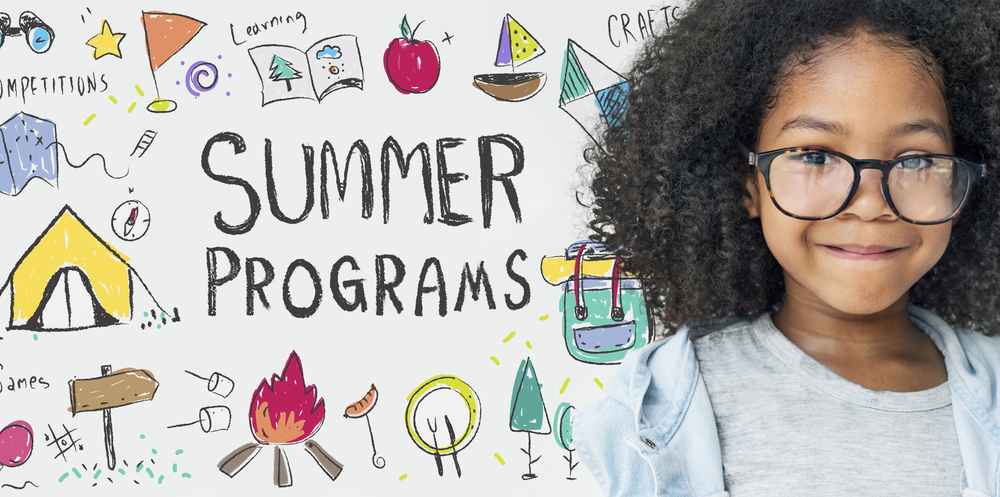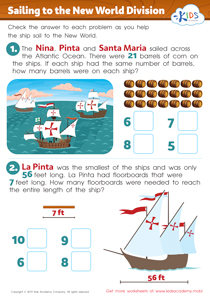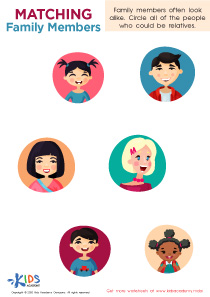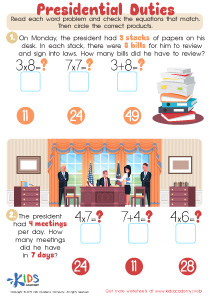Understanding communities Social Studies Worksheets for Ages 4-8
4 filtered results
-
From - To
Explore our "Understanding Communities" Social Studies worksheets designed for children aged 4-8! These engaging and interactive resources help young learners discover the diverse aspects of their communities, including roles, responsibilities, and local landmarks. With colorful illustrations and age-appropriate activities, children will develop essential social skills and a deeper awareness of their surroundings. Perfect for both classroom settings and home learning, these worksheets encourage teamwork, empathy, and a sense of belonging. Foster a love for learning about the world around them with our thoughtfully crafted materials that make understanding communities fun and accessible for young minds!
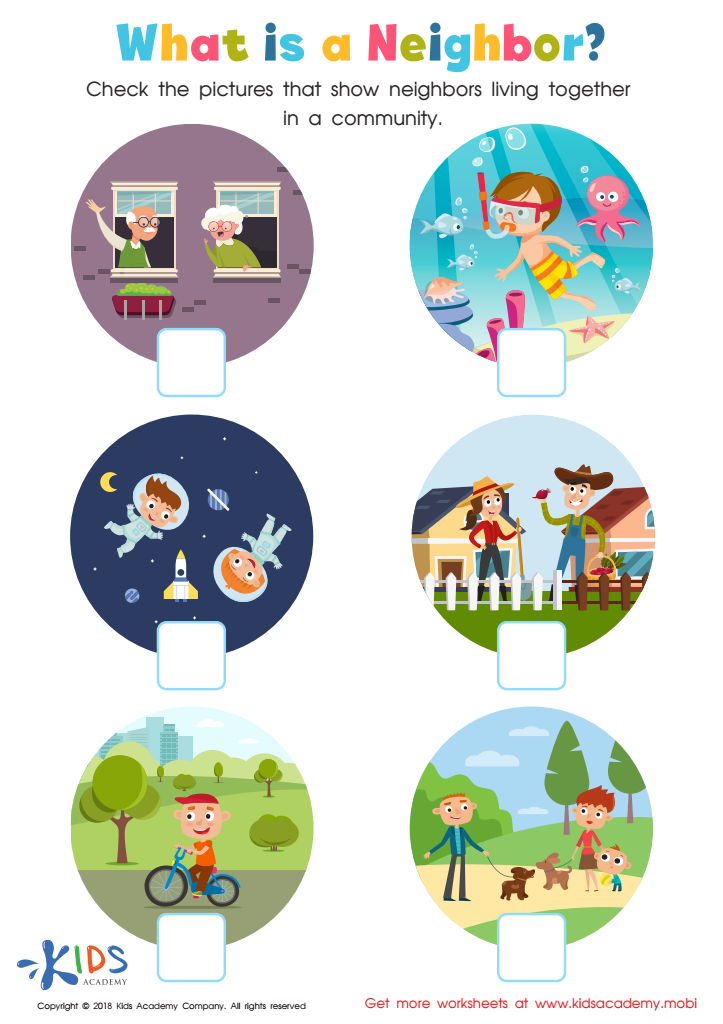

What is a neighbor Worksheet
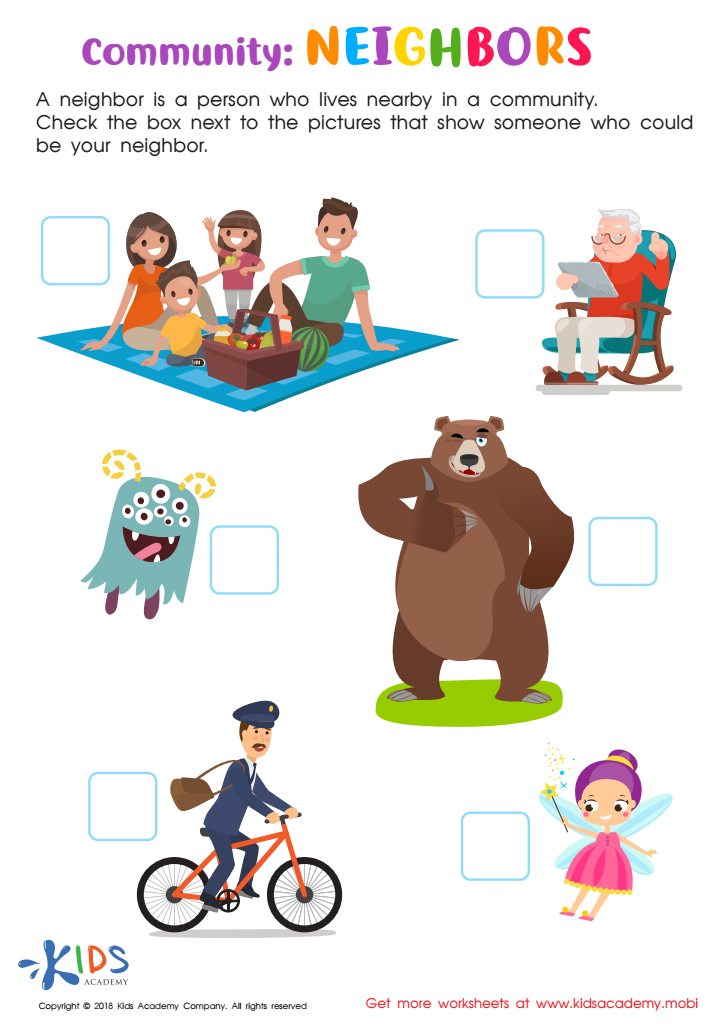

Community: Neighbors Worksheet


Communities We Belong to Worksheet
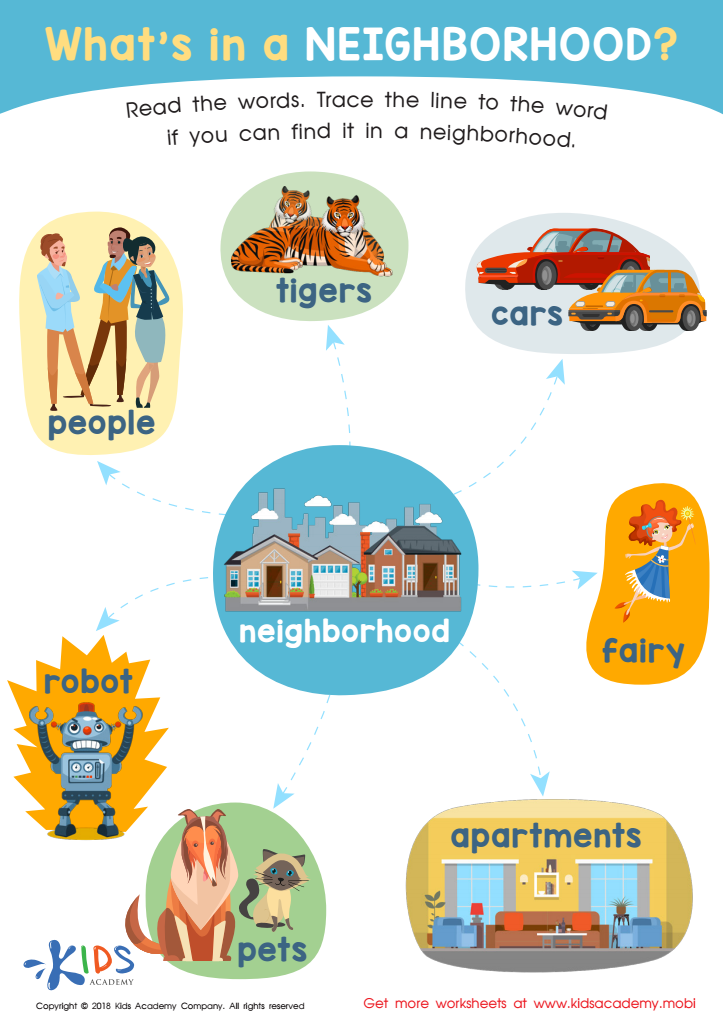

What's in a Neighborhood? Worksheet
Understanding communities through Social Studies is crucial for children aged 4-8 because it serves as a foundation for their identity and sense of belonging. At this age, children are naturally curious about the world around them, and exploring concepts like family, neighborhood, and culture helps them make sense of their environments. By learning about different communities, children develop empathy and respect for diverse backgrounds, fostering an inclusive mindset that benefits society as a whole.
Parents and teachers play a vital role in guiding this exploration. Through activities like storytelling, conversations, and group projects, children can engage with real-life community situations, enhancing their critical thinking skills. Understanding communities also encourages civic awareness, teaching children the importance of participation, cooperation, and responsibility within their communities.
Moreover, early Social Studies experiences support literacy and communication skills, as children learn to express their thoughts and understand others. Ultimately, fostering a curiosity about communities not only shapes informed, engaged citizens but also nurtures emotional intelligence and social skills, essential for personal success and positive social interactions. For parents and teachers, embracing community understanding in Social Studies is an investment in a child's holistic development and a pathway to a more harmonious society.

 Assign to My Students
Assign to My Students


.jpg)



